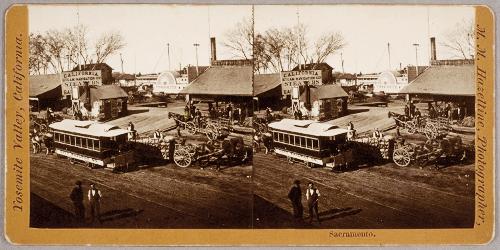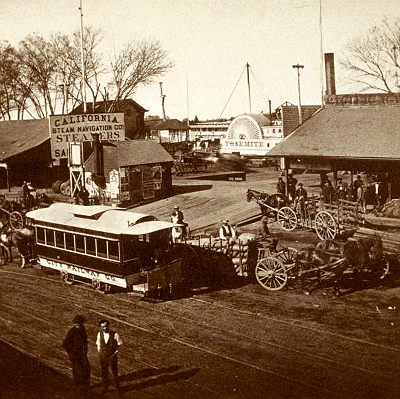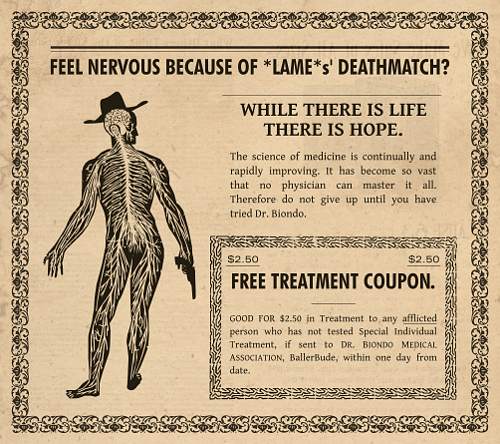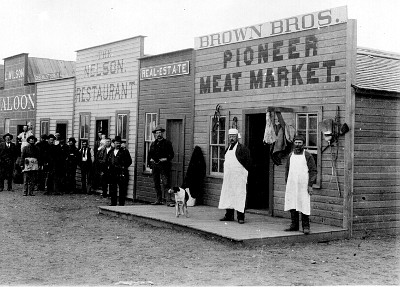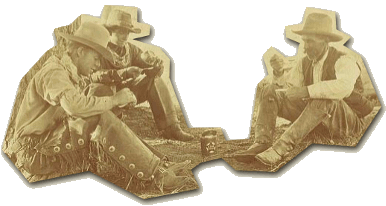When we talk about the wild west, we imagine Large grassy pastures, herd of cattle, and of course, cowboys. But we can’t forget Alaska. This is one of America’s wildest regions, and it was th “wildest west” in the past.
I want my writing to remember some lesser-known heroes, This is theirs story.
In the winter of 1925, the dread epidemic struck the small town of Nome, Alaska, on the west coast of the Bering Sea. A local physician by the name of Curtis Welch diagnosed the first case of diphtheria in a six-year Eskimo boy on 1925-01-25. Now, diphtheria is highly contagious and a disease you can neither argue with nor ignore. Its incubation time is no more than seven days and whole populations died in diphtheria outbreaks before the 20th century. Nome had a population of 1429, many of them Native Alaskans who were more susceptible to introduced bugs such as the diphtheria bacterium.
It was therefore of the utmost urgency to procure sufficient antidiphtheric serum to inoculate the population, especially the children, of Nome against this killer or risk their deaths in a very short time. The modern convenience of the telegraph had not extended its tentacles to the farthest reaches of the continent but Dr. Welch had a wireless at his disposal and radioed the nearest medical facilities, nearest in the Alaskan winter being pretty damned far. A hospital in Anchorage responded offering 300,000 units of serum which turned out to be the grand total of diphtheria serum in the territory.
The problem was how to get it from Anchorage to Nome, and get it there post haste to boot. The two only aeroplanes in town had been taken apart and placed in winter storage. Nobody knew whether the flimsy aircraft of the time were capable of handling winter conditions but the pilots offered to try. It would have been deadly folly in an open cockpit. Governor Bonein Juneau made the decision, ordered more serum from Seattle, and gave the order that it be sent by means of dog sled teams, probably the only means of transportation that stood a chance of making it.
It was suggested in Nome that the serum travel by rail as far as it could and then be loaded onto a dog sled, which would be met by their own half-way but it was considered more prudent to use a relay. At the hospital the serum was packed in the best makeshift insulation available and sent north to Nenana with a conductor on the Alaska Railroad the day after Welch had sent the wire. By 23:00 the next day the twenty-pound parcel was in Nenana, end of the line as far as rail transport was concerned and ready to head east to Nome. In the meantime, the government had enlisted the support of the Northern Commercial Company, the largest and more far-reaching private organisation in the area around the Yukon River, in arranging relay teams made up of the drivers’ best dogs and the Army Signal Corp wrought their own little miracle in communications.
From there on, it was up to the dogs and the drivers. Twenty drivers, half of them full-blooded or part native Alaskans or Eskimos, and nineteen dog teams took part in the run, covering between 18 and 91 miles (29-146 km) on each stage down the Tanana and Yukon rivers and across some very dangerous terrain in the middle of winter and with temperatures diving as low as -64°F (-53°C). The teams covered a total of 674 miles (1085 km) in 127 and a half hours, allowing the serum to arrive in Nome within a week of its departure from Anchorage, at 05:30 on 1925-02-02. This first batch of serum was enough to stem the epidemic and five days later a larger batch that had arrived from Seattle was transported along the same route.
Once the news hit the wire, this human interest story hit the front pages of every newspaper in the country. A race against time in the farthest corner of the realm held a nation in its grip and cheers were heard when news of its success spread. The Serum Run may have been the last great frontier epic in American history. The event that officially commemorates it is the annual Iditarod Trail Sled Dog Race which does not follow the route taken in 1925. Only in 2001 did Norman Vaughn, a 95-year-old pioneer, stage a reenactment that followed the actual trail from Nenana to Nome with a symbolic quantity of serum handed to him by a train conductor, stopping on the way for an education drive about vaccination and disease.
Among the dogs that led the now legendary teams were Balto, who led the sled into Nome after a 53 mile (85 km) trek through hurricane-force winds, the second-longest distance covered by a single team, and Togo, who covered a total of 260 miles (418 km) to complete the 91 mile stage under driver Leonhard Seppala (who also happened to be Balto’s owner). Balto had his statue built in New York’s Central Park and is now on display at the Cleveland Museum of National History. Togo, a Siberian Husky just like Balto, never got the same recognition and had to wait until later. Seppala had him mounted after his death and he’s now on display at Iditarod headquarters in Wasilla, north of Anchorage.
Sources:
Iditarod
Kent A. Kantowski
Ned Rozell, Alaska Science Forum
inAlaska.com
